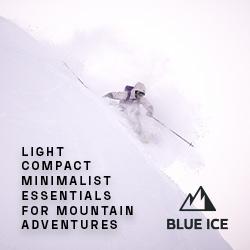Forecast for the Salt Lake Area Mountains

Issued by Drew Hardesty on
Tuesday morning, January 7, 2020
Tuesday morning, January 7, 2020
A MODERATE danger exists for human triggered avalanches 12-18" deep on all aspects of the upper elevations. The MODERATE danger extends down to the mid-elevations and most pronounced on southeast to south to west facing aspects. Conditions are unusual and tricky on sunny aspects.
Loose wet snow avalanches may be possible on the steepest sunlit slopes with daytime heating.
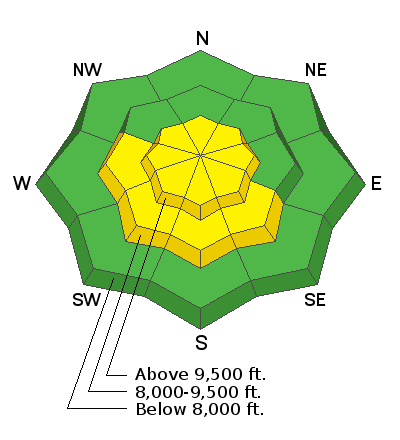
Low
Moderate
Considerable
High
Extreme
Learn how to read the forecast here
 Special Announcements
Special Announcements
Get discount lift tickets HERE. Thanks for this generous support from Utah Ski Resorts and Ski Utah. All proceeds go directly to supporting the UAC.
New to the backcountry or in need of a refresher? Consider taking a companion rescue course offered at Woodward Park City, January 14, 5:30-9 p.m.
 Weather and Snow
Weather and Snow
Skies are partly cloudy this morning with mountain temperatures in the upper teens to low 20s. Winds are from the west-northwest, blowing 15-20 with gusts to 25.
Sunny aspects will be crusted this morning with excellent riding conditions (if you side-step the occasional wind damage) in the northerly terrain. Look for surface hoar growing this morning.
For today, we'll see increasing high clouds, strengthening and backing southwest winds, and mountain temps rising to the upper 20s to mid-30s. All this ahead of the next storm, set to arrive tomorrow. 4-8" seems likely. Get your Vitamin D while you can - the weather pattern looks quite active and snowy through the next week or more. Some of the models are throwing out some unbelievable snow amounts. As in, I don't really believe it. But still. Stay tuned.
 Recent Avalanches
Recent Avalanches
No avalanches were reported from the backcountry yesterday but there was a skier caught and carried on a steep wind loaded southeast facing slope on the south side of Wilson Peak on Sunday.
A full list of recent avalanches can be found in the Menu bar above.
Avalanche Problem #1
Persistent Weak Layer
Type
Location
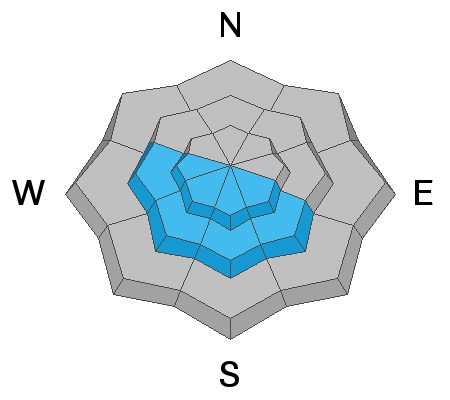
Likelihood
Size
Description
A poor and unstable snow structure exists in variable terrain on southeast to south to some westerly facing aspects at the mid and upper elevations. East facing aspects seem to not host this crust.* . Persistent weak layers of faceted grains exist adjacent to a melt-freeze crust now buried 12-18" deep beneath all the settled storm snow since New Year's. This unusually active structure on the sunny aspects is responsible for at least a dozen avalanches with a number of very close calls.
The bad news: this structure is likely to continue to catch people off guard as it is more common to have active Persistent Weak Layers on the northerly aspects. Collapsing and cracking of this layering is less evident than before and the danger may be less obvious.
The good news: on northerly aspects, we can get lured into the danger because the skiing and riding conditions are so good. Currently the northerly aspects with the good snow are generally safe with some isolated exceptions (see below). The sunny aspects with the danger now also host poor riding conditions.
A great deal of uncertainty exists with this issue. This structure, while most prominent on southeast to southwest facing aspects, is variable and inconsistent from canyon to canyon and perhaps slope to slope. *Mark and Trent have an excellent observation from upper Snake Creek yesterday addressing this issue and how to look for this problem HERE. Bo Torrey talks about the uncertainty with this unusual pattern HERE. I plan to avoid these areas that host these crusts (and poor skiing/riding) and instead recreate on non-wind drifted northerly terrain for now.
Photo of Trent looking at crusts (pcStaples)
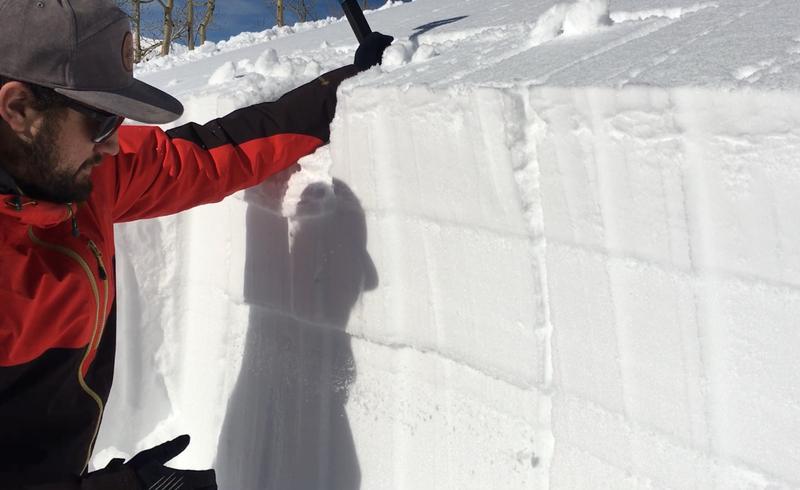
Avalanche Problem #2
Wind Drifted Snow
Type
Location
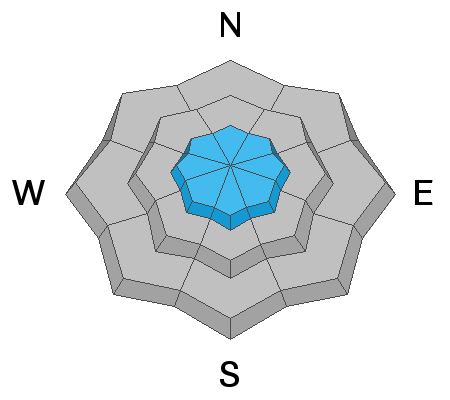
Likelihood
Size
Description
A secondary concern revolves around lingering remnant generally hard wind drifts from the strong and veering southwest to northwest winds over the past 48 hours. If you're looking for them, they'll be most likely found in the highest elevations and exposed terrain (cross-loaded in Coalpit Headwall anyone?). Nat Grainger has - as usual - another excellent observation from Gobbler's with evidence of recent natural wind slab avalanches just off the higher ridgelines HERE.
IF the southwest winds pick up earlier than expected, watch for new wind drifts in steep lee terrain.
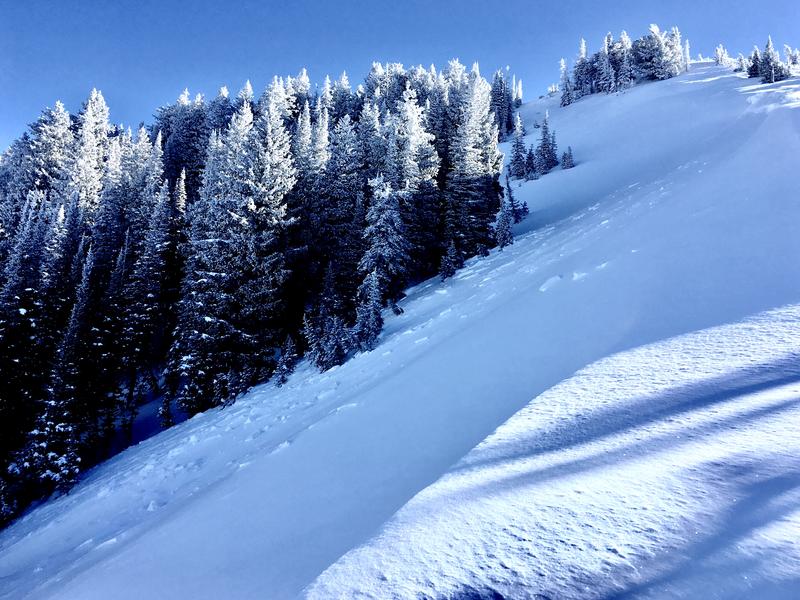
General Announcements
This information does not apply to developed ski areas or highways where avalanche control is normally done. This forecast is from the U.S.D.A. Forest Service, which is solely responsible for its content. This forecast describes general avalanche conditions and local variations always occur.




